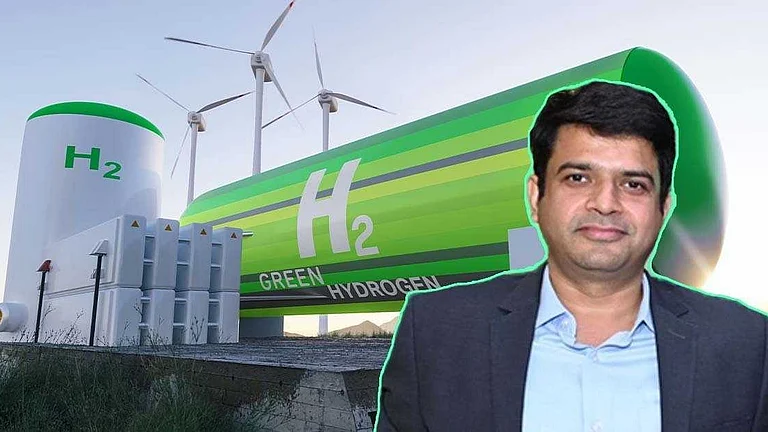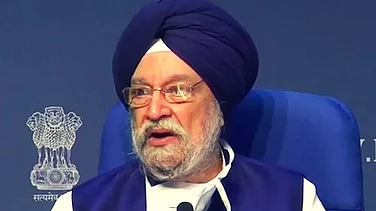India is exploring pathways to integrate hydrogen in the country’s natural gas pipelines and gas distribution networks of the cities after the Petroleum and Natural Gas Regulatory Board (PNGRB) held a meeting for the same, earlier this month. This comes subsequently on the basis of the outcomes of a study that was conducted in association with the World Bank and the International Coaching Federation (ICF).
With experts underlining hydrogen as a key enabler of India’s energy transition and the country aiming to achieve net-zero emissions by 2070, green hydrogen produced from renewable energy sources has emerged as a solution in terms of decarbonising sectors like heavy industry and transportation. The event discussing the necessary steps for hydrogen integration brought forth steps across the hydrogen value chain and assessed if the country’s infrastructure is ready for varying levels of hydrogen blending. Infact, some global best practices were also evaluated in order to strengthen India’s approach towards hydrogen integration.
World Bank-ICF Study on Hydrogen Blends
In the study conducted with World Bank and ICF, the PNGRB examined whether the existing natural gas infrastructure of the country can be repurposed to accommodate the hydrogen blends, as this in turn can offer a cost-effective and scalable approach to reduce carbon emissions while maintaining energy security.
Further, the World Bank-ICF report revealed a negligible effect of green hydrogen blending on the final prices of petroleum products. The study report, as quoted by The Economic Times, also reveals that the hydrogen demand is expected to increase to 8 million tonnes per annum (MTPA) by 2030 from the current 6.7 MTPA.
Role of PNGRB & Green Hydrogen Mission
While addressing the meet on hydrogen integration, the Chairperson of PNGRB, Dr Anil Kumar Jain highlighted how hydrogen can play a pivotal role in the country’s energy transformation landscape. "Hydrogen blending in natural gas pipelines and city gas distribution systems is not just a possibility; it's a necessity as we move toward a cleaner and more sustainable energy future. As we advance, the safety and integrity of the infrastructure will remain paramount," he said.
Talking about the Board’s responsibility in terms of creating a regulatory framework that ensures the safe and efficient transmission of hydrogen, Dr Jain said, “Natural gas pipelines can serve as a critical bridge, connecting regions rich in green hydrogen supply with key demand centres like fertiliser plants, refineries, and heavy industries.”
He further said that a study developing commercial and regulatory hydrogen transportation and distribution frameworks could also be key to achieving this transition for decarbonising our economy and reducing reliance on imported fuels.
The Union Cabinet in 2022 approved the ‘National Green Hydrogen Mission’ with objectives of making India a leader in the production and supply of Green Hydrogen and creating export opportunities for the energy resource and its derivatives.
The Mission Director of the National Green Hydrogen Mission, Abhay Bhakre, who was also present at the meet, re-emphasized hydrogen's potential as a transformative force in India’s clean energy journey. While drawing references to the success of National Solar Mission, Bhakre said, "Hydrogen, much like solar energy a decade ago, has the potential to revolutionise our energy system. Green hydrogen, in particular, offers a pathway to deep decarbonisation at competitive costs.”
The interaction between the key stakeholders of India’s green hydrogen journey marks an important step in terms of developing infrastructure, regulatory frameworks as well as commercial models that is required to support large-scale hydrogen deployment in the country. This is of crucial importance at a time when India is targeting 5 MMTPA of green hydrogen production by 2030 under its Green Hydrogen Mission. As the initiative aligns with India's clean energy agenda, the repurposing of existing natural gas pipelines can help facilitate a smoother transition to hydrogen, while also making it a global leader in the hydrogen economy.































